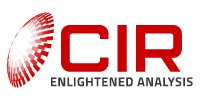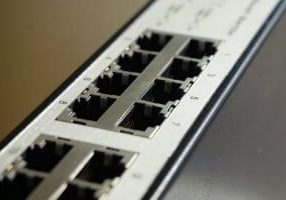In 2020 CIR became the first analysis firm to release a co-packaged optics market analysis that surveyed the opportunities flowing from the development and deployment of co-packaged optics . In 2022 we issued a new co-packaged optics market analysis and have updated our forecasts and technology and market analysis in this report.
The primary goals of this report are to update CIR’s forecasts of the CPO space with breakouts by application, speed and network segment and provide an update on CPO strategy from the key influencers in the market. In terms of speed, we look at 800G and 1.6T. Another objective of our latest report include efforts to better understand the product roadmap for CPO in the near- to medium-term future and the report includes some analysis of important subsystems of CPO devices; notably the external lasers and the potential additional cooling for the CPO module. We also address silicon photonics and the impact of optical integration on the future of CPO.
In terms of coverage, we are concerned in this report with CPO and precursors to CPO; meaning primarily near-packaged optics (NPO). In terms of applications we cover all likely applications, but aside from organic traffic growth made up of voice, data and video traffic, the forecasts also reflect an expected boom for low-latency traffic and how the growth of AI (enterprise, SaaS and individual) is resetting the thinking. Less impactful applications for CPO including HPC, disaggregated compute application and sensors are also analyzed and forecast. Finally, the report considers the market impact of the emerging standards for CPO including the just-released OIF standard and the work on standards setting beginning in China.
This report will be available April 2oth.






